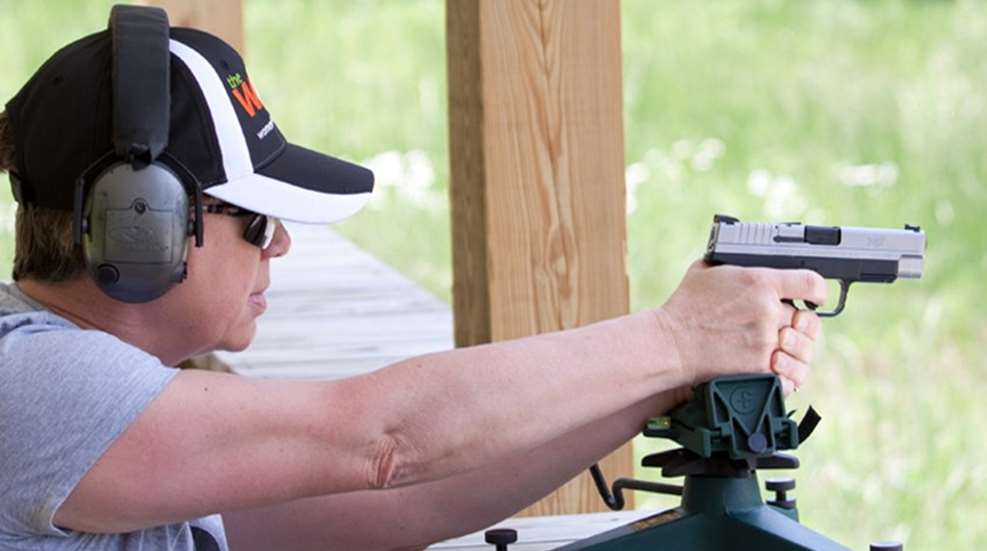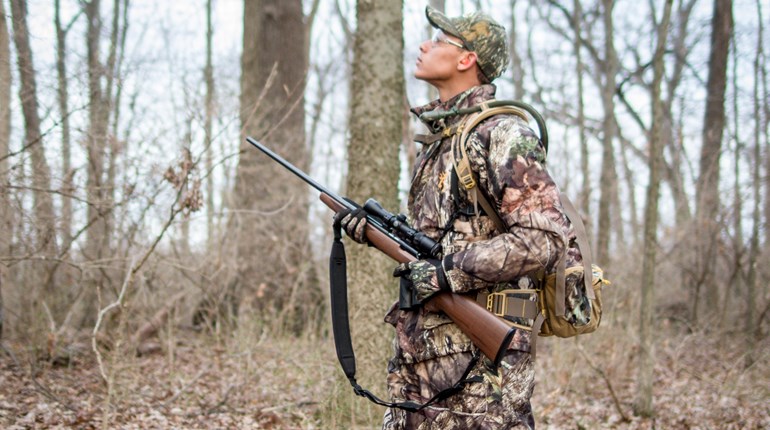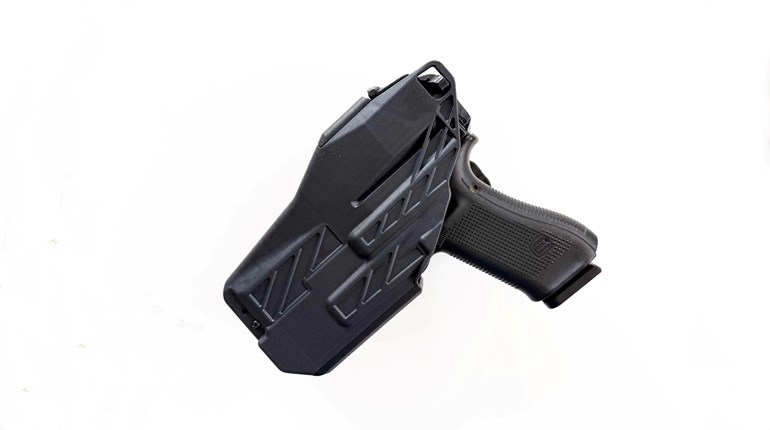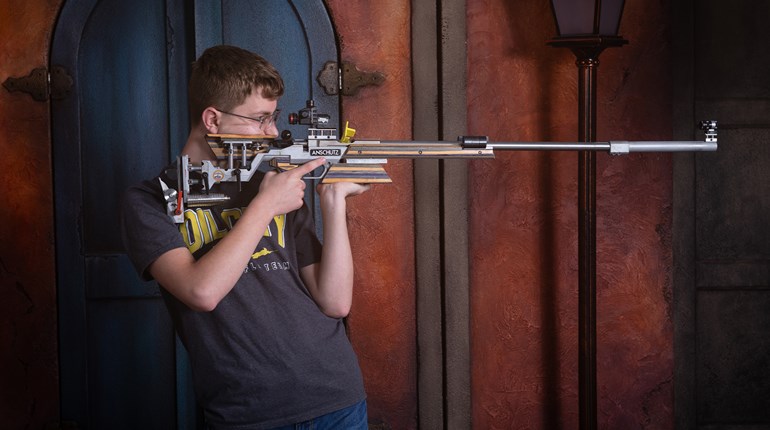
In contrast to active safety systems, which are voluntarily engaged or disengaged by the shooter, passive safety systems function more or less automatically. These safeties take many forms. This article will explore what those passive safety systems are and how they work, to help you make informed decisions about the firearms you own or are considering owning.
A grip safety is an auxiliary device on the grip of some handguns (as well as some long guns) intended to prevent firing until it is depressed by your hands when it is depressed. This occurs when you grip the gun naturally. The Browning .32 Auto and .380 Auto semi-automatic pistols and the Springfield Armory XD pistols, for example, all incorporate grip safeties.
Firing pin blocks, such as the mechanism on later-production Colt Government Model pistols, block forward firing pin travel unless the trigger is depressed, and also qualify as passive safety systems. Inertia firing pins, in which the forward movement is restrained until it receives the energy from a hammer blow, serve as safety devices in that they help prevent the gun from discharging if it is dropped muzzle-down onto a hard surface.
Most semi-automatic rifles and shotguns are designed such that the hammer cannot contact the tail of the firing pin unless the bolt is securely locked into the receiver or barrel extension. Also, many older bolt-action designs possess an interlock that blocks full forward movement of the firing pin until the action is closed. Several pistols, such as those produced by Glock, incorporate a pivoting lever in the trigger face which prevents trigger movement unless it is depressed by the trigger finger. Finally, some firearms, such as the Browning Hi-Power, have a magazine disconnect safety, which prevents the firing of a live round in the chamber if the magazine is removed.
Many modern firearms, particularly revolvers, incorporate transfer bars or hammer blocks that are activated by the trigger mechanism. In firearms that use transfer bars, such as Ruger revolvers, the hammer at rest contacts the frame, but sits back slightly from the frame-mounted firing pin. When the trigger is pulled, the transfer bar rises to fill that gap and transfers the blow of the hammer to the firing pin to discharge the gun. This prevents a heavy blow on the hammer from igniting the primer. The safety connector of Colt revolver mechanisms functions in a similar way.
In contrast, the hammer block typical of Smith & Wesson revolvers works the opposite way: The hammer block sits between the hammer and frame when the hammer is at rest, preventing contact of the hammer nose with the cartridge primer even if the gun is dropped on the hammer spur. (A small tab on the rebound slide also serves to limit forward hammer travel at rest.) When the trigger is pulled, the hammer block drops to allow the descending hammer to hit and ignite the primer.
Passive safety systems are built-in safeguards, but you as a user should never rely on them solely for safety. So:
ALWAYS keep the gun pointed in a safe direction. This means that even if the gun were to fire, it would not cause injury or damage. Common sense will dictate the safest direction, depending upon the circumstances.
ALWAYS keep your finger off the trigger until you're ready to shoot. When holding a gun, rest your trigger finger outside the trigger guard alongside the gun. Until you are actually ready to fire, do not touch the trigger.
ALWAYS keep the gun unloaded until ready to use. Unless the firearm is being kept in a state of readiness for personal protection, it should be unloaded. That said, never assume a firearm is unloaded, even if you unloaded it yourself. Treat all firearms as if they are loaded.
Lead image by Jason Baird. For a full review of the pictured gun, a Springfield Armory XD-S, click here!







































